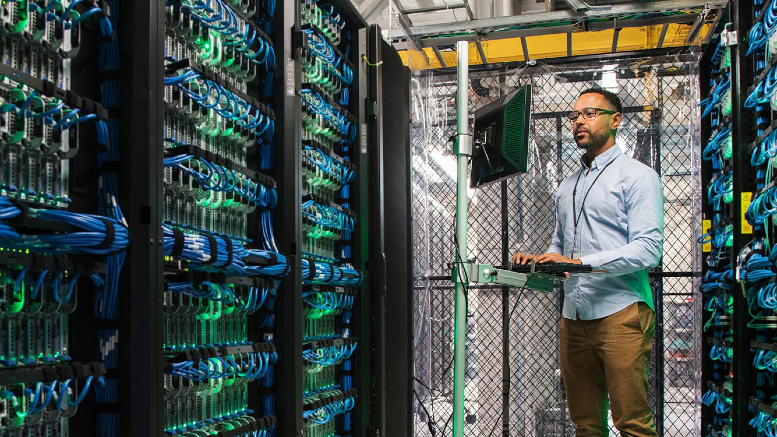Does Your Tech Delight or Disappoint Students?
Short on time? Here's an overview:
Visionary higher education leaders use artificial intelligence(AI), automation, and sentiment analytics to build their brands, improve student attraction, boost education outcomes, and build lifelong learning relationships. Is the "student experience" one of your university's selling points? If so, how confident are you that your students' actual experiences are living up to your intentions? Many corporate sectors have made significant strides in user experience technology that could be adapted by higher education.
When the remote student experience doesn't measure up to students' day-to-day experience, remote students' disappointment and frustration hamper their learning and make them drop-out risks.
After COVID-19 forced a massive pivot to remote learning, now is the perfect time for universities to reassess their decisions and adapt proven technology to give students the experience they deserve and enjoy. In doing so, universities will foster loyalty, commitment, and appeal. University IT teams had to vault forward five years in a couple of months to enable remote learning for the entire student body – an admirable accomplishment. But decisions made in urgency might not be optimal for the long term. It would be shortsighted to let yesterday's expedient decisions become tomorrow's obstacles, especially if better solutions appear after gaining experience working and learning online.
Beyond the lecture hall – two student experience gaps
Two student experience gaps pose serious challenges for universities today. One is the gap between remote and on-campus students. Remote students may not have the equipment or technology they need that is easily available to on-campus students. They might find it more difficult to engage with lecturers and staff and to get assistance. And having fewer opportunities to engage with one another in person limits their learning and socializing opportunities.
When the remote students don’t have the same opportunities as on-campus students, the unfairness is palpable and the results predictable: discouraged students, lower performance, and a high risk of attrition. Now that the hybrid environment is a permanent feature of almost all institutions, including universities, that gap needs to be closed, especially as resistance to paying full tuition for distance learning grows.

















